Cemintel® Territory
A natural cladding range that derives from the values of simplicity, nature and quality.
Territory prefinished cladding simulates materials like stone, timber, concrete, metal and smooth render, in a sophisticated way that enhances building façades and interior spaces.
Territory cladding is a 16mm thick cement bonded fibrous wood particle panel that is pressed with surface textures and finished with a high quality paint and UV coating. Panels connect seamlessly into each other via a tongue and groove profile.
Territory cladding panels are supported by a proprietary concealed fixing system that enables the panels to be installed on masonry, timber and steel frames, either horizontally or vertically, externally or internally, on both residential and commercial buildings.
- CategoryCladding & Facades
- RangeTerritory
- BrandCemintel
- DesignerCemintel
- Country of originJapan
- Type of useCommercial and Residential
- CodeMark Certified CM30041
- Prefinished and available in a variety of colours and textures
- Minimal ongoing maintenance and long-lasting protection against UV damage and colour fade
- Proprietary concealed fixing system provides a ventilated cavity for effective moisture management
- Compatible with other Cemintel prefinished cladding systems including Surround and Barestone
- Integrates easily into mixed façade systems that use concrete, brick, or AAC such as Hebel
- Complete cladding system including preformed corners and colour-match sealants
Cemintel panels are designed for use externally or internally for residential and commercial buildings.
The Cemintel Territory wall cladding system has been assessed by CodeMark for use as an external wall cladding system on buildings:
- Within the scope limitations of the New Zealand Building Code (NZBC) Acceptable Solution E2/AS1, Paragraph 1.1 with regards to building height and floor plan area, for buildings situated in Wind Zones up to and including Extra High, as defined in NZS3604:2011, constructed with:Timber frame in accordance with NZS 3604:2011; or
Steel frame in accordance with NZS3404:2009 Part 1 and NASH Standard — Residential and Low-Rise Steel Framing Part 1: Design Criteria:2005; or
Masonry structures in accordance with NZS4229:2013; or, - In any Timber, Steel framed or masonry building that has been subject to Specific Engineering Design by a qualified engineer up to a ULS Design Wind Pressure of +6.0 / -6.0 kPa for horizontal installation and +2.6 / -3.3 kPa for vertical installation; and,
- With Aluminium window and door joinery that meets the requirements of NZS 4211:2008 and is installed with vertical jambs and horizontal heads and sills; and,
- In exposure Zones B, C and D as defined in NZS3604:2011. Microclimatic Conditions (refer NZS3604:2011 paragraph 4.2.4) are outside the scope of this certificate; and,
- Within 1 metre of the relevant boundary (subject to other fire related code compliance requirements)
- Durable cement bonded fibrous particle panels.
- A proprietary fixing system. Panels clip to mounting strips which create a ventilation and drainage cavity.
- Prefinished cladding with NichiGuard® self-cleaning coating.
- Resistant to Bushfire Attack Level up to BAL40.
More from
CSR Cemintel
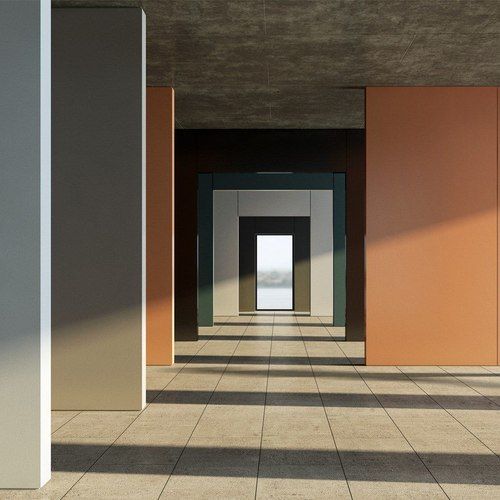




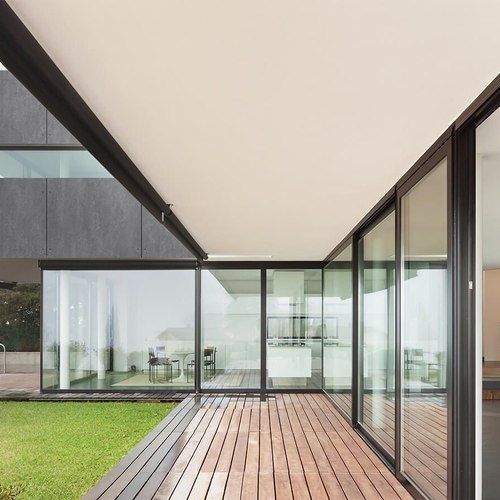




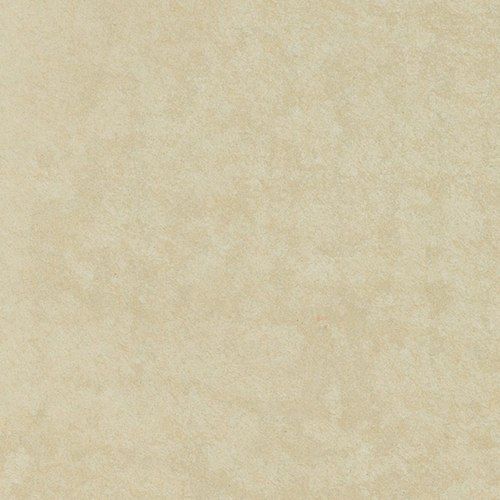
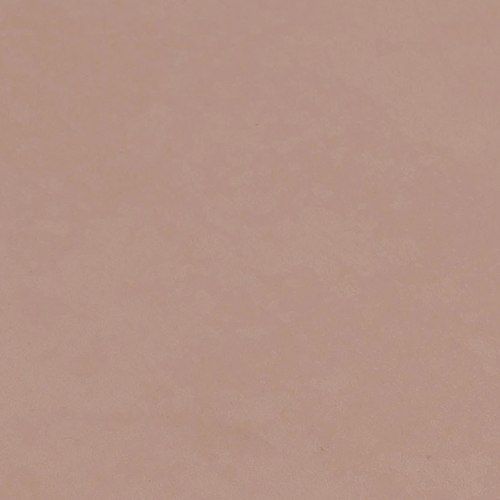



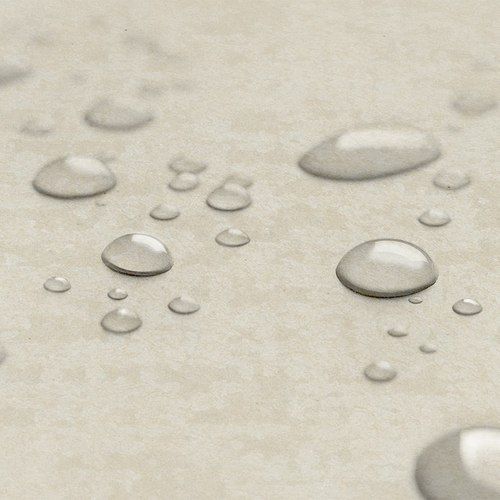
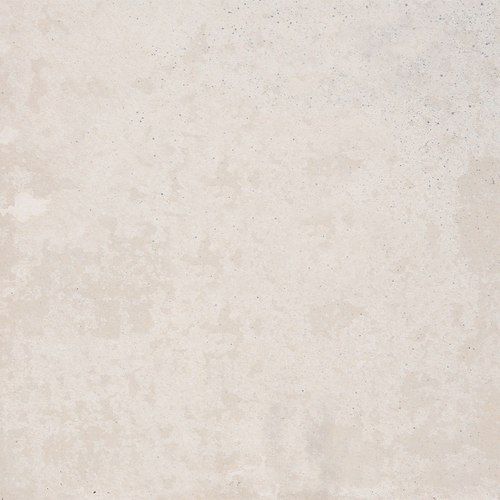
About the
Seller
CSR Cemintel are the fibre cement and lightweight composite solution specialists. With design and innovation as our central drivers, Cemintel offers engineered systems around prefinished solutions that enhance performance and aesthetics, as well as traditional internal lining products. Our passion is to help Kiwis design right, and build better.
Cemintel fibre cement is changing the face of design and innovation in Australia. Tapping into global design trends, Cemintel brings the best the world has to offer to the Australian market – providing the latest designs fused with innovative new approaches. Cemintel is part of CSR – the brand behind the most trusted building products. Cemintel has a progressive approach to fibre cement built around a team of experts, including; technical support, engineers and building designers. For our clients, it means you’re getting the best products paired with the best experience.
Cemintel - Cement Intelligence
With unparalleled design flexibility, fibre cement is perhaps one of the most flexible building materials available today. Through innovation and intelligence with cement panels, Cemintel offers a range of products, systems and services that inspire, giving choice and real design flexibility to create striking points of difference.
Unparalleled Design Flexibility
Fibre cement is perhaps one of the most flexible building materials available today.
- It can be manufactured in numerous panel sizes and thicknesses.
- It can be cut into various shapes and patterns.
- It can be compressed for high strength applications.
- It can be used in acoustic systems.
- It can be used as a superior wet area lining product.
- It can be painted.
- It can be tiled.
- It can be used for fire resistance applications.
New materials influence the way buildings are defined. Cemintel is responding to the growing importance of external and internal cladding with the release of new prefinished ranges. These ranges respond to the preference for high performance, lightweight materials and the desire for buildings to enhance the environment where we live. From external façades to interior surfaces, these ranges are a reinterpretation of cladding as we know it.
It’s the future of building and it starts now.
An Idea Born From Imagination
The father of fibre cement, Ludwig Hatschek, started to imagine a new building material in 1894. He wanted a material that was lighter than brick, cheaper than slate and better than sheet metal.
In 1900, he achieved his breakthrough with a special mix of fibres, cement, pulp, air and water. The Austrian calls the world’s first industrially manufactured building material ‘Eternit’ and numerous European countries adopted the technology from 1903. Australia first introduced the technology in about 1917.
- ArchiPro Member since2022
- More information
